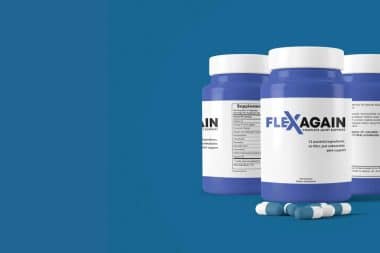You don’t have to be a pro athlete to have problems with your Achilles tendon. Your Achilles tendon is the strongest and largest tendon in your body. This tendon is a band of tissue that connects your heel bone to your calf muscles. It helps you point your foot downward, rise on your toes and push off your foot as you walk. You rely on it with every step. Unfortunately, because you use it all the time, it has a limited blood supply and it is under considerable tension when used, it is prone to injury.
Symptoms:
It is possible to have an Achilles tendon problem and have no noticeable symptoms. However, most people do experience some pain. Here is a list of some common symptoms:
- Heel pain and swelling
- Inability to stand on toes
- Tight calf muscles
- Impaired movement of foot and/or a limited range of motion
- Inability to push off with foot when walking
- Stiffness or warmth at the back of the heel
- A popping sound followed by intense pain
 Risk Factors:
Unfortunately, a problem with your Achilles tendon can happen to anyone. Many people who do recreational sports on the weekend can end up tearing or rupturing their Achilles tendon.
- Athletes
- Men more likely than women
- Obesity
- Sports:Â soccer, basketball, tennis
- Age (30 to 40 year olds)
- Those with flat arches (excessive pronation)
- Laborers – those who work on their feet all day
- Previous steroid injections in the ankle
- Medications – Cipro or Levaquin
Â
Common Problems:
Tears: occur suddenly or gradually, pain, swelling, impaired movement
Rupture:Â pop sound then pain and swelling / surgery or long-term immobilization
Tendinitis: frequent activity inflames the tendon causing pain and stiffness at the back of the heel / rest, ice and stretching
Peritendonitis – inflammation in the surrounding tissue (2 or more inches above the heel)
Tendinosis – thickening of the Achilles tendon due to aging or overuse
Bursitis: irritation of the bursa (The bursa is a sac of fluid the cushions the Achilles tendon. The pain is worse with shoes on.)
Causes:
- Falling
- Stepping or falling into a hole
- Sports that involve jumping
Â
Diagnosis:
A simple physical exam can usually identify any issues with the Achilles tendon. Look for:  swelling, warmth, thickening, discoloration around the heel. While lying on your stomach, squeeze the calf, if the foot does not move down a rupture could be present. An MRI or ultrasound or CT scan can help identify any problems.
Treatment:
RICE:Â rest, ice, compression and elevation.
OTC pain relievers
Heat:Â Alternating ice and heat therapy especially for bursitis.
Wear shoes with good support. You may need orthotics, or heel lifts.
Stretch before activity. Modify or decrease activity if necessary.
Immobilization: Boot or leg cast for many weeks. A walking boot prevents heel movement.
Surgery:Â surgery to reattach the tendon but you will still be mobilized for many weeks after surgery.
Physical Therapy exercises may be advisable to strengthen the tendon and help keep its elasticity.
Prevention:
- Stretch and strengthen calf muscles
- Put variety in your exercise routine.
- Wear supportive shoes
- Increase exercise intensity slowly.
- Avoid hard, slippery surfaces.
- Warm up your muscles and tendons before exercise.
- Be at a healthy weight
The good news is your Achilles tendon can repair itself most of the time with proper rest and immobilization. If you think you may have one or two of the symptoms above getting it checked out before your Achilles tendon ruptures is recommended. If you do have a rupture you will have limited mobility for several months.
Check out this video animation from the American Academy of Orthopaedic Surgeons!
Is That Pain In Your Foot Your Achilles Heel???? #HealthStatus
Sources:
https://www.mayoclinic.org/diseases-conditions/achilles-tendon-rupture/symptoms-causes/syc-20353234
https://www.foothealthfacts.org/conditions/achilles-tendon-disorders
https://www.webmd.com/fitness-exercise/picture-of-the-achilles-tendon#1
https://www.healthline.com/health/achilles-tendinitis








Reply